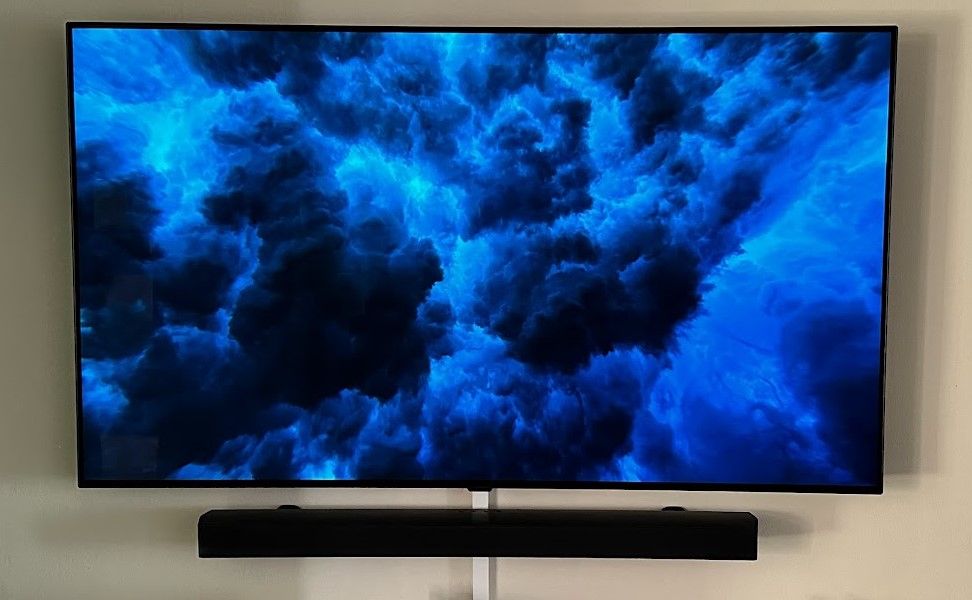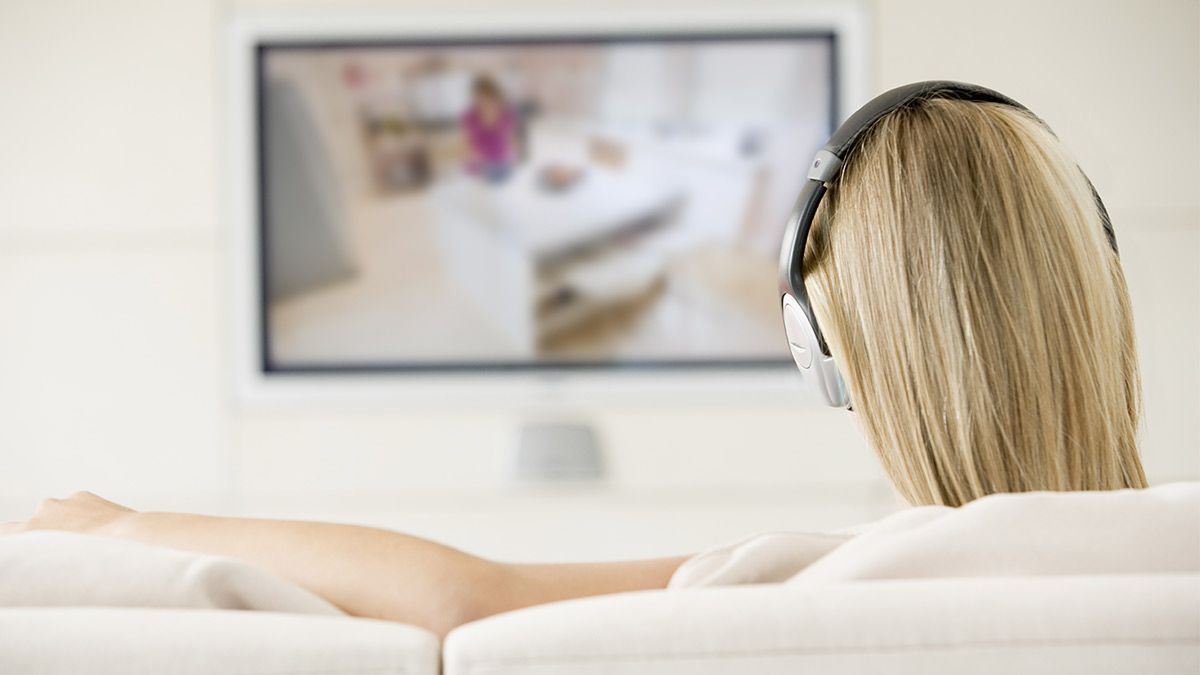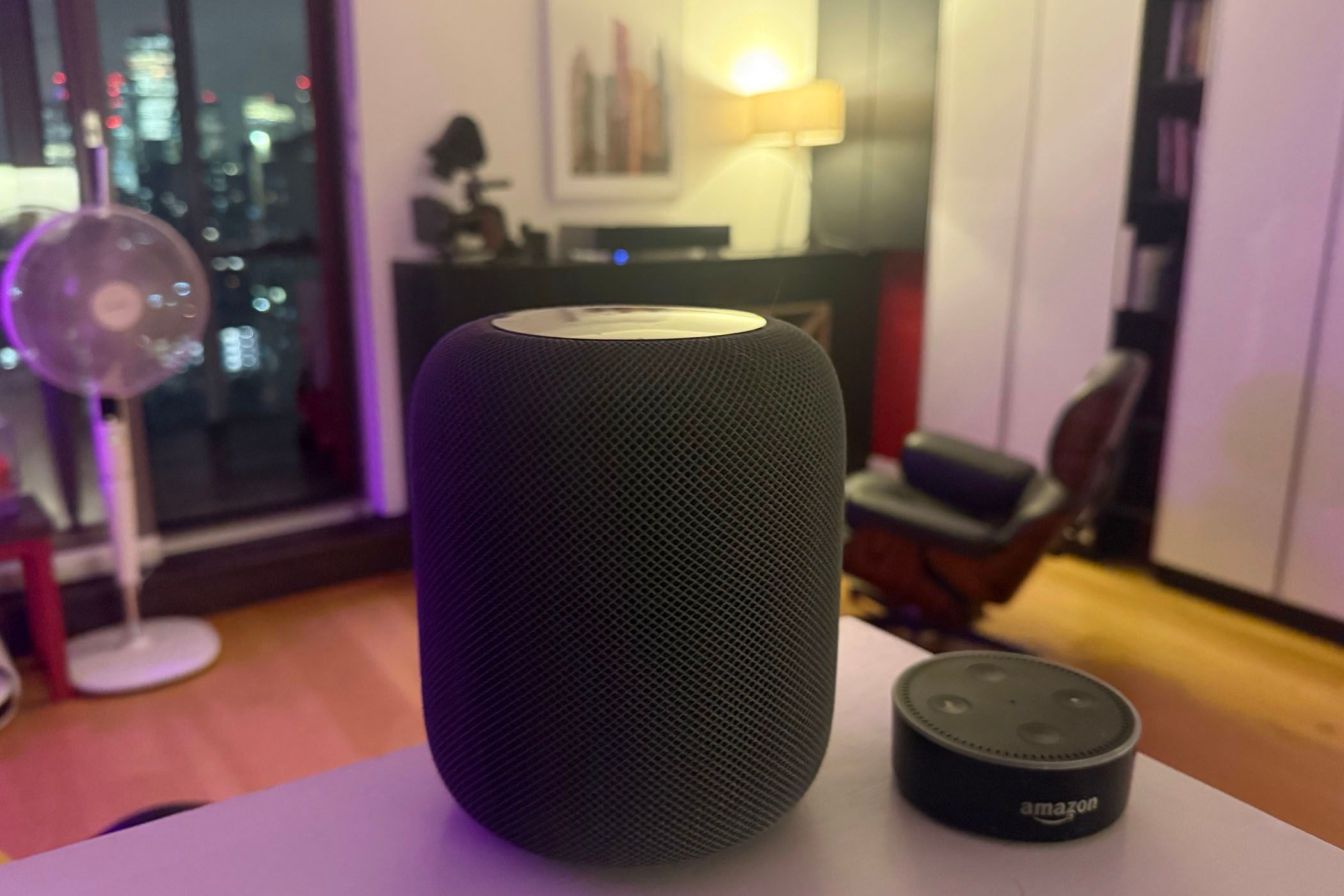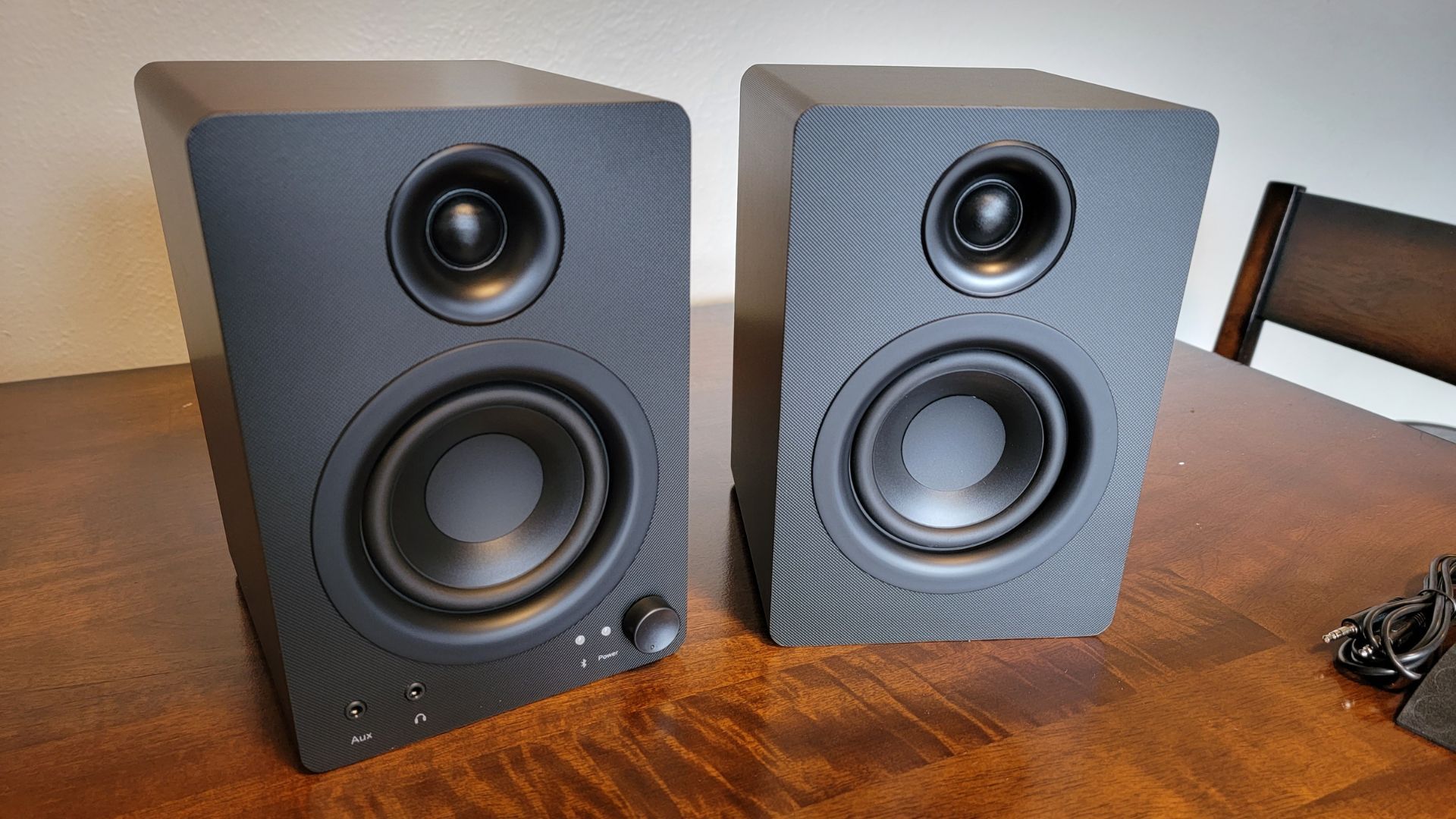Quick Links
As TVs have become thinner, so has the quality of their sound become thinner and less pleasant. Though some TVs do have acceptable sound, chances are you’re probably not entirely happy. So, what can be done?
1 Add a Compact Sound Bar
Sound bars were essentially invented because of how terrible flat panel TV audio is on average. These devices try to give you good sound for watching movies or listening to music, without taking up much space.
I have my Samsung soundbar mounted on the wall below my LG CS OLED, which takes up no more space than the TV itself, and certainly much less than a pair of hi-fi speakers or a surround sound system.
You can have a 2.0 soundbar, which only includes the bar, but it’s usually better to have a 2.1 system that includes a wireless subwoofer, which you can hide just about anywhere in the room, or put it against the back of your couch.
There are many great soundbar options, but even the cheapest soundbars sound better than most TVs.
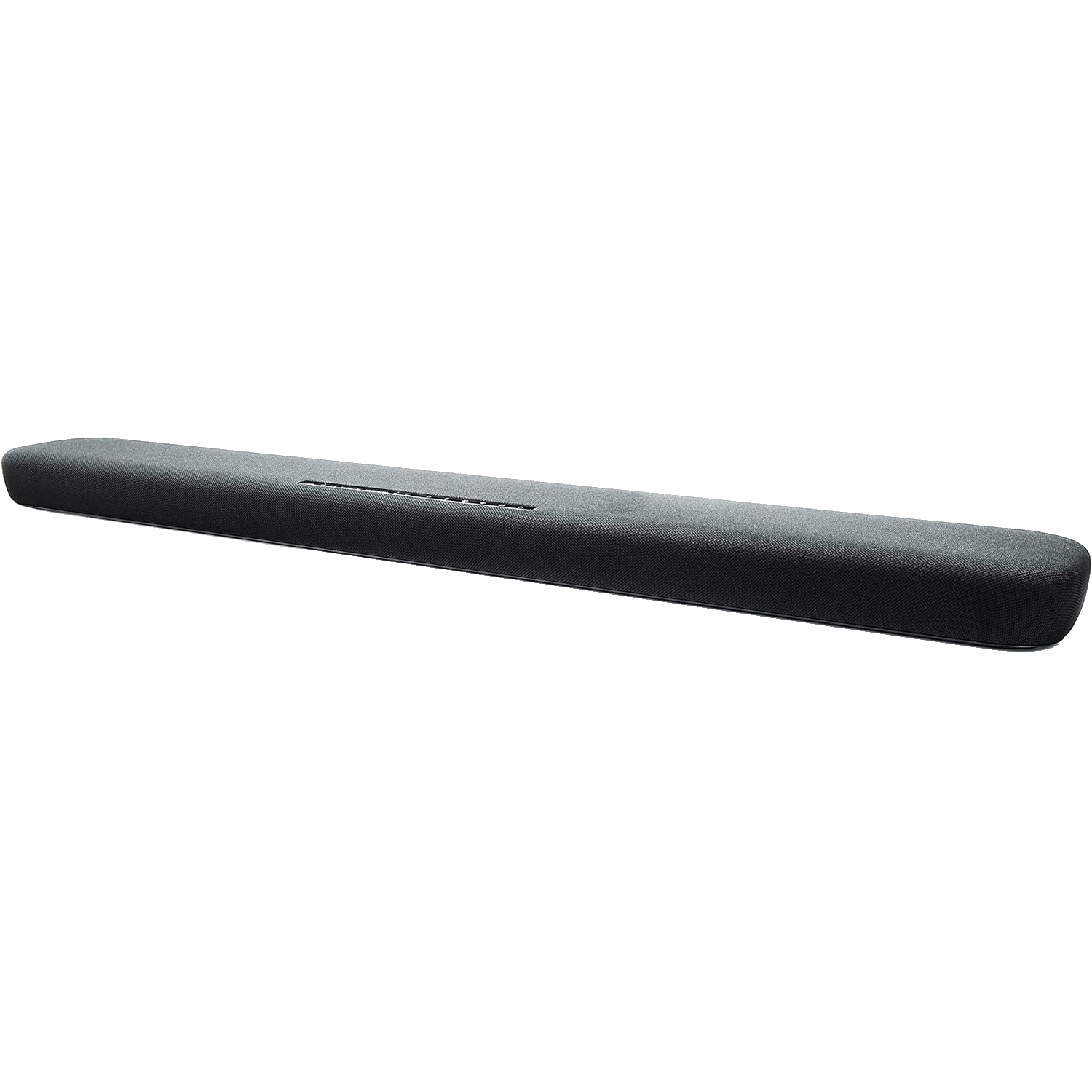
Yamaha YAS-109
The Yamaha YAS-109 is a brilliant soundbar with favorable features for a low price. This soundbar easily gives you the best bang for your buck.
2 Optimize the Built-In Speakers
While your TV’s speakers might not be the best, you can get as much out of them as possible. Your TV likely has quite a bit of tweaking options for audio. Often you can add a little more bass before distortion kicks in, and there might be special modes to improve dialog clarity. Some TVs have different sound modes for wall-mounting or placement on a TV stand.
Since each TV is different, your mileage may vary, but its worth digging through the audio settings to see if you can get something better without spending money on any additional gear.
3 Use Headphones
If you’re the only one watching TV, then there are few audio upgrades as potent as headphones. I love using my AirPods Max to watch TV, but there are endless options for great headphones on the market. With the right set of cans on your noggin, you’ll hear the full range of audio and every word spoken in dialogue. Quite a few modern headphones have great transparency modes as well, so you don’t have to cut yourself off from what’s going on around you unless you really want to.
Just keep in mind that Bluetooth audio can suffer from latency, which in turn means sounds and visuals don’t quite sync up. Most modern TVs offer a slider so you can adjust the audio sync until it all works correctly again, but you can’t use this feature for gaming because it adds a delay to the image on screen, which would make games unplayable. The good news is that most modern TVs and speakers use low-latency Bluetooth protocols. so this will likely not be an issue.
4 Use Your Smart Speakers
Depending on the TV, streaming box, and smart speakers you have, you may be able to use your smart speakers to carry TV audio. Of course, if you have a smart speaker that can work as a regular Bluetooth speaker then it’s nothing special to do this, though the same audio delay issues I just mentioned still apply.
However, in the case of Apple’s Homepods, you can use them to carry the audio from an Apple TV, which works especially well as a stereo pair. The main downside here is that you can only port audio from your Apple TV to the Homepods, so that won’t be much use for other devices like game consoles or Blu-ray players.
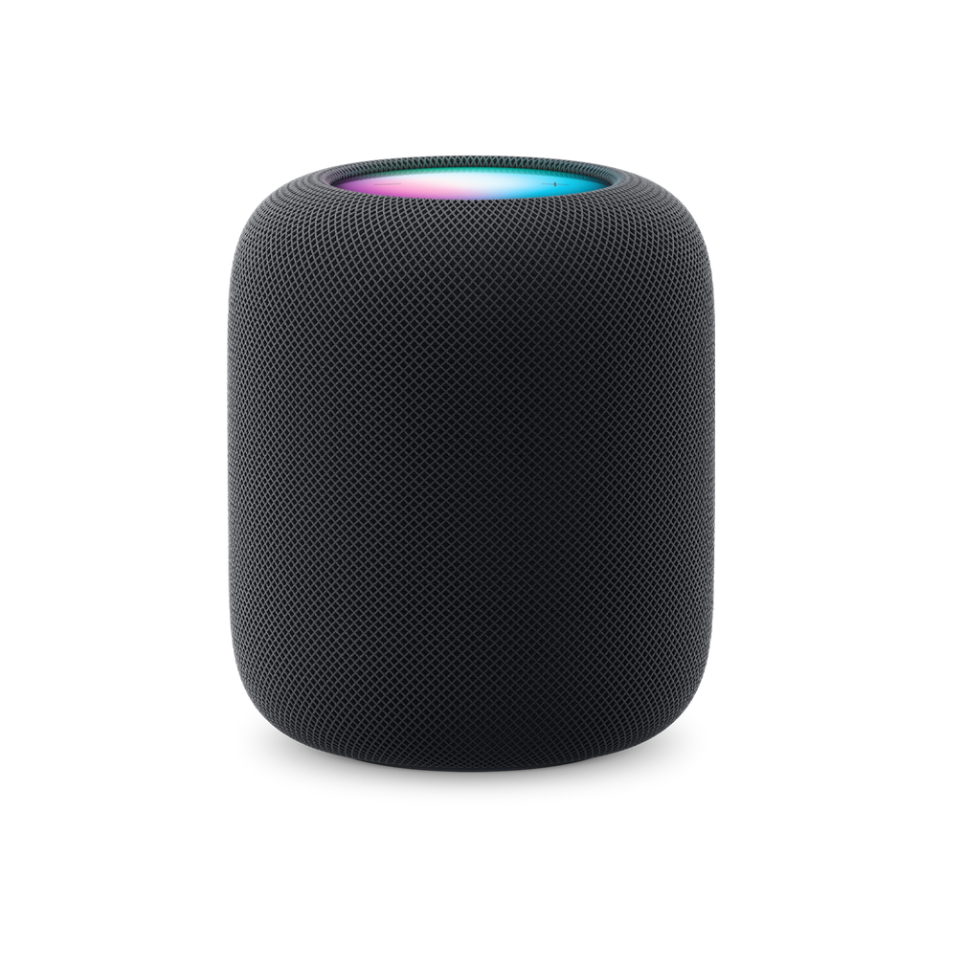
Apple HomePod (2nd generation)
5 Connect It to Speakers You Already Have
Sarah Chaney
Depending on what type of output your TV has, you may be able to simply add some speakers you already have lying around to them. For example, if your TV has an analog 3.5mm stereo output, you can plug any old pair of PC speakers into it. If it has RCA composite cable outputs for stereo audio, most hi-fi systems can accept that as input.
Have a good look at the audio output options your TV has, and then see if you can connect speakers you already own, even if it involves purchasing a cheap adapter of some sort to make it work. For example, if your TV doesn’t have a 3.5mm output, but it has an eARC HDMI port, then you can use an HDMI audio extractor to bridge the gap.
Your TV audio options aren’t binary, if you’re a little creative, there are many easy and affordable things you can tweak or purchase to get sound that won’t make your ears bleed.


